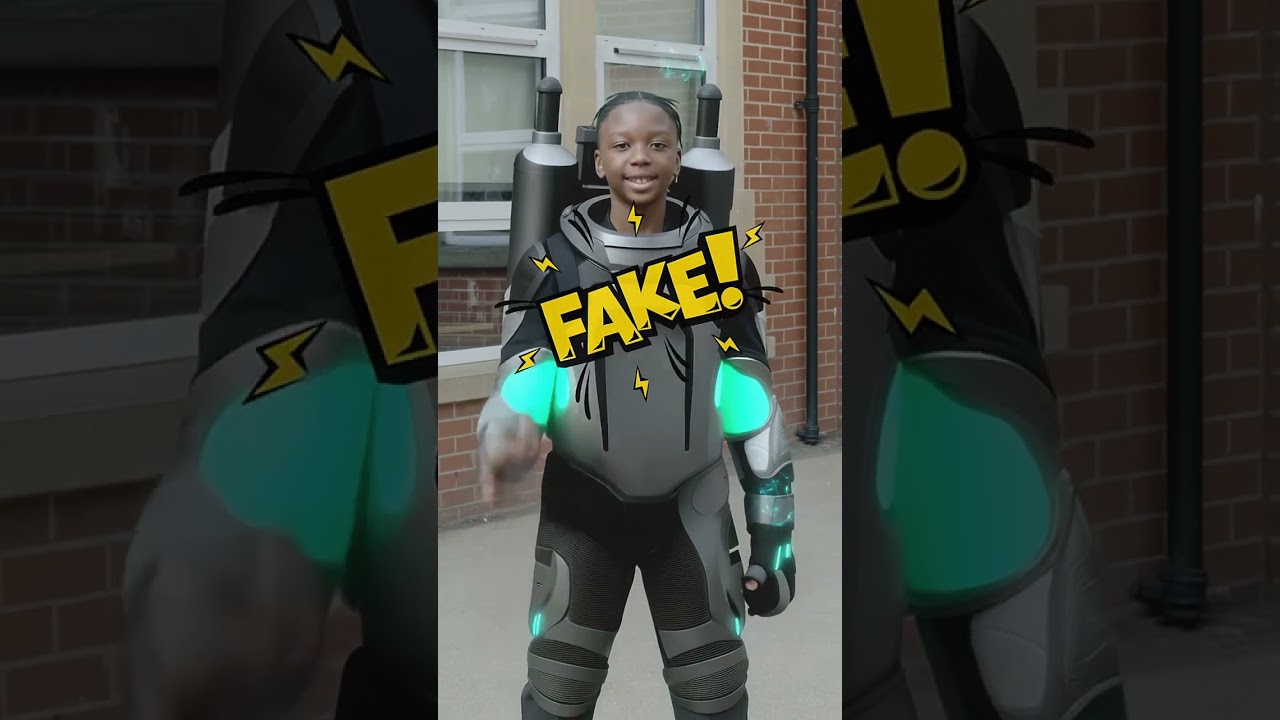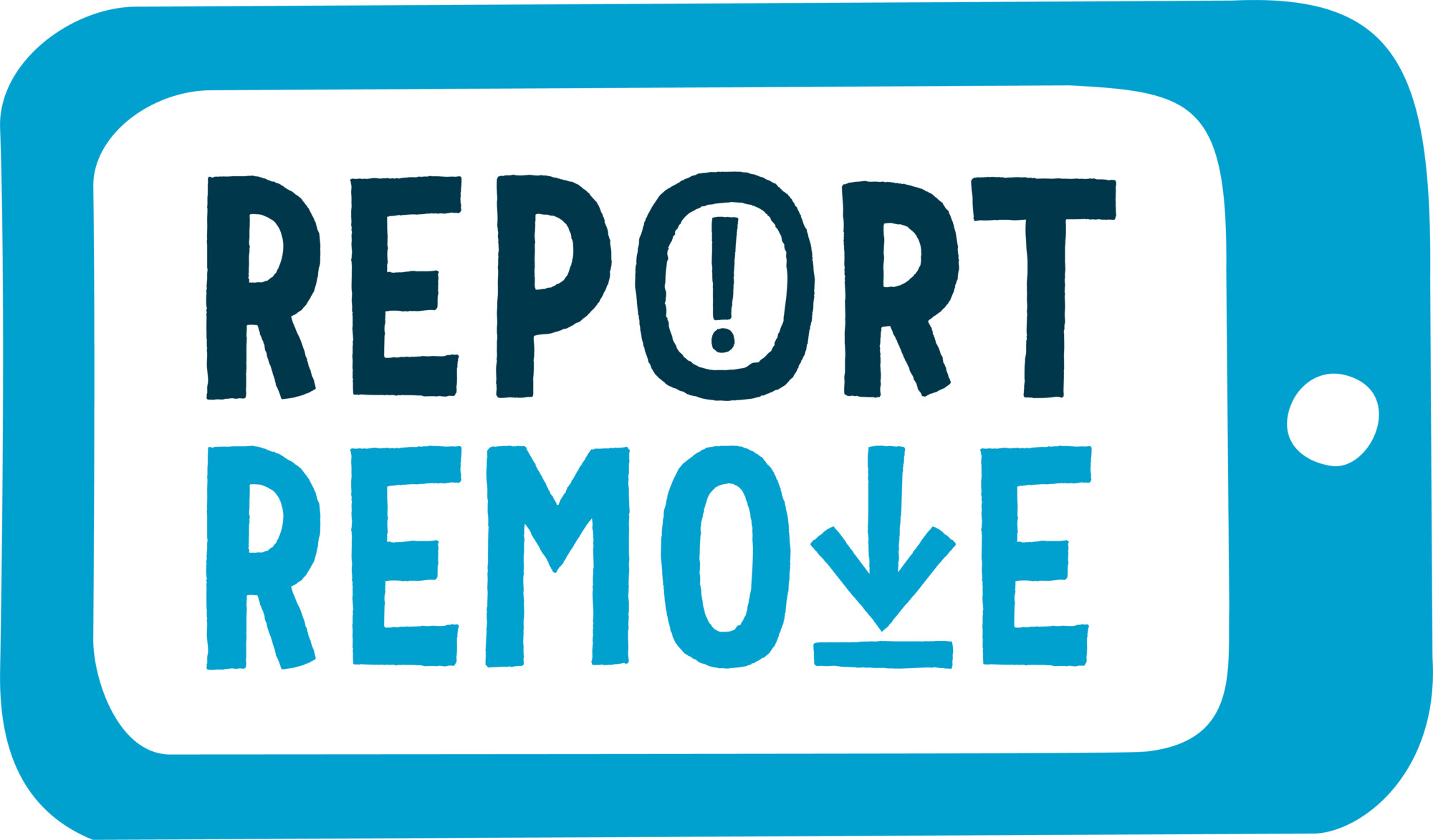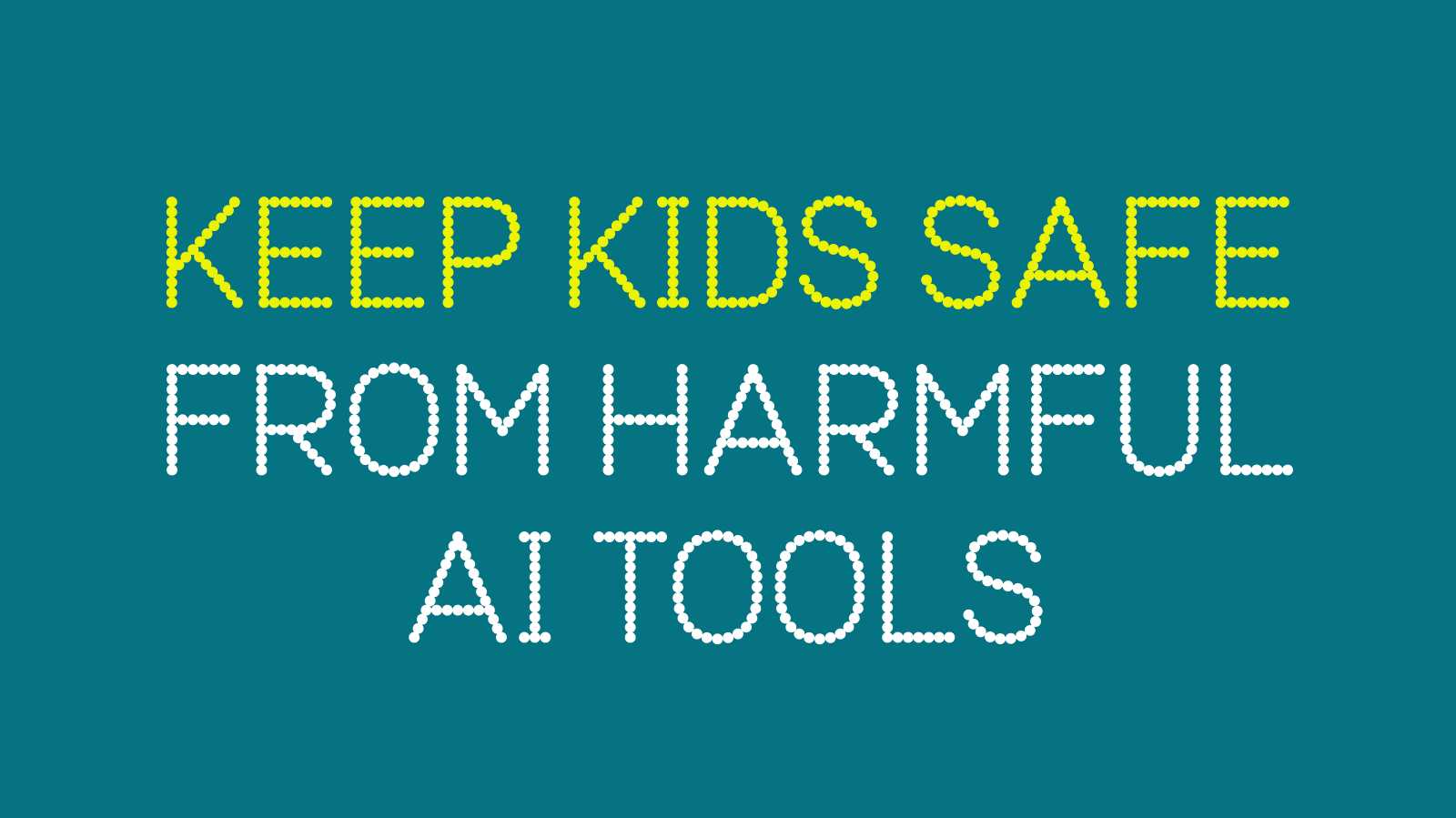Fake or Real? Know the Deal – Protect Your Family in the Age of Deepfakes


Fake or Real? Know the Deal – Protect Your Family in the Age of Deepfakes
We’re proud to partner with Essex Police on the Fake or Real? Know the Deal campaign, giving families the confidence, tools, and knowledge to embrace technology safely while tackling the risks of deepfake content.
Technology and AI open up incredible opportunities:
- Connect globally and break down language barriers
- Bring learning to life with interactive tools
- Spark creativity and innovation in ways we never imagined
But alongside these positives, there are challenges. From bullying and misinformation to nudification, where AI creates fake explicit images, manipulated media can harm mental wellbeing, damage reputations, and fuel online abuse.
The good news? You’re not alone. We’re here with expert guidance, practical tips, and tools like Report Remove to help you make safer choices online. Together, we can create a digital world where everyone feels safe, supported, and empowered.
Discovering a deepfake image of your child is being shared can be distressing, especially if that image is of a private or intimate nature.
Report Remove is safe, free, and a way to help them take back control together.
It's important that if you see do discover image, you believe shows child sexual abuse fake or real, do not screenshot or share it. Save it and report it to the police.
Sharing an image of this kind even if it's to ask for help, could be illegal. Save it and report.
The Police have specialist teams who can investigate, help get the image removed and seek to stop those causing harm.
What Are Deepfakes?
Deepfakes use artificial intelligence to manipulate videos or audio so they look and sound real, even when they’re completely fake. Imagine a video of someone saying something they never said. That’s the power, and danger, of deepfake technology.
For information on how to spot a deepfake, and safety tips visit: What is a deepfake? | Internet Matters
Why Does It Matter?
Deepfakes aren’t harmless. They can:
- Spread misinformation and propaganda
- Damage reputations
- Enable scams, cyberbullying, and harassment
How Can You Protect Your Child?
As children grow more tech-savvy, they’ll encounter more sophisticated content. Here’s how you can help:
✅ Start the Conversation Early
Talk openly about online safety. Explain what deepfakes are and why they matter.
✅ Set Boundaries & Controls
Use parental controls on broadband and mobile networks. Limit exposure to harmful content and set healthy device-use boundaries.
✅ Teach Source-Checking
Show your child how to verify information before sharing. Encourage fact-checking and critical thinking.
✅ Build Media Literacy
Help them spot signs of fake content — like unnatural movements or mismatched audio.
✅ Promote Positive Digital Citizenship
Discourage creating or sharing fake content, even as a joke. Respect and kindness matter online.
✅ Protect Privacy
Teach your child to keep personal details and images private. A smaller digital footprint means greater safety.
Remember: Sharing a sexual image or video of anyone under 18 is against the law. If this happens to your child, you can report to the police online or call 101. Help available to remove images.
Report Remove is a safe, simple, and completely free service designed to put control back in your child’s hands. It works quickly to remove sexual images or videos from the internet so they can feel supported and regain their confidence.



